KEN KNOWLTON
The computer does not make it possible to define or execute complex processes—this possibility exists independently—but the computer does make execution fast enough to be done interactively with further human decisions, accurate enough to avoid mistakes, and cheap enough to afford a great deal of experimentation. Whether the computer is defining a new branch of art is an open and difficult question, particularly in the area of works defined entirely by logic (i.e., those resulting from processes with no natural input or human interaction once the computer program has been written). This latter category, the most severe form of 'computer' art, I would like to discuss, beginning with a definition of art.
What is art?
The process of doing or making art is a particular kind of giving or offering. If I give you something that is not obviously related to your physical or psychological well-being—not food or protection or direct affirmation or sex—and if it is a concoction of my own design and construction, then it is some sort of symbolic gift. If furthermore it is a new symbol, without a previously agreed upon referent or meaning, I am probably trying to present something that verges on being unpresentable by communication protocols established to date. This symbolic presentation, where the symbols themselves have no clearly defined meanings or usage, I shall take to be the usual (at least my) definition of 'art.'
A work of art furthermore has a purpose and a function. The artist usually intends it to be an augmentation of the viewer's experience: it may either be a new and interesting or useful experience in itself and/or it is a clue or suggestion for reorganization of past and present experience, or a guide to organization of future experience. This sort of communication requires not agreement on meanings (the usual prerequisite of communication) but only an understanding that the artist is offering something to at least one receptive person. The recipient's inferred meanings and use of the work may be more, or less, or deviant from, the giver's intent or hope; the recipient may or may not in addition be able to experience vicariously in hindsight the experience of the artist.
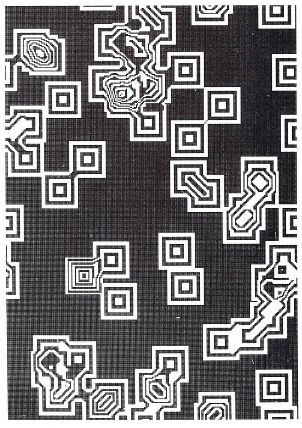
As with other gifts, the psychological function is clearly different for giver and receiver. For the artist, the function is that of producing, being vital and effective, of creating, generating, and by this sort of catharsis, washing out the products of this effort by actually constructing, dispersing, and dispensing. "It is more blessed to give than receive" in this context means that the experience of having been a channel of flow and processing of ideas and things, that come from somewhere and go to somewhere, is usually the more soothing reward. (It is also nice if people acknowledge, appreciate, or even acclaim, but for people whose mommies loved them this is of secondary importance.) The function of art for the recipient is more diffuse, more difficult to discern or deduce: art is an agitation which causes his/her experience to be enlarged in one or more of many possible ways.
The Role of Tools
Works of art are produced by the use of tools and materials: brushes and paint, hammers and chisels and stone, torches and slabs of metal. Some sets of tools are more complicated in function and use, and in some cases the end product exhibits a corresponding or resultant complexity.
By watching a painter, but not the painting in progress, I can get some idea—but not too much—of the sort of work being produced; conversely, by looking at the finished work I can infer something at least about the overt activity involved in its construction. By watching an author at a typewriter, but not the paper typed on, I need a sharp eye, a quick mind, and a good memory to discern something about what sort of novel is being written. With program-defined computer art, the situation is hopeless: by watching the programmer work, I can scarcely begin to anticipate the nature of the result—I may not even be able to guess whether sounds or pictures are the goal.
It is the degree of remoteness between the inspiration and the product which I think characterizes computer art more than other kinds: the long and devious way that thoughts and feelings and purposes map into human actions, the way that these actions rigorously define mechanical procedures, and the complicated way in which these in turn produce the result. (Even in an interactive system where an artist uses a 'new sort of paintbrush' in an apparently direct and obvious way, the nature of the resulting art is determined largely by the programs which essentially define a new medium—these programs consist of a complex set of processes that have been selected, carefully or not, from a vast reservoir of potential processes and combinations, and sequences of them.)
The remoteness of thought-to-result is also felt in reverse: it may be extraordinarily difficult to look at a result and recreate anything like either the artist's experience or the machine's process. Sometimes it helps to see a number of results: from them, the viewer can begin to define by induction the parameters of the space of possibilities.
The Nature of the Gift
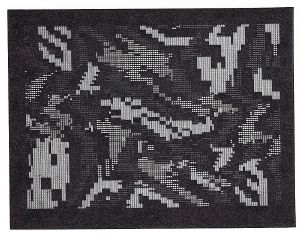
What sort of enterprise or endeavor is it, then, for the person who programs and produces 'computer art'? Very much the same as with other artists, he/she conceives a process and/or an ultimate product and then proceeds to construct the process which in turn constructs the work. With the computer as the tool, it is usually the intrigue of new combinations, sequences, probabilities, relationships, geometries, and logic which fire the imagination in the definition of new processes; it is the complexities and austerities, made easily possible by the machine, and the sharpness, smoothness or coarseness of the imagined result which stir a sense of anticipation.
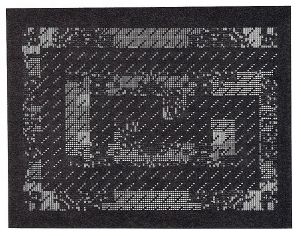
But to the viewer, what sort of a gift or offering can a computer-generated work be taken to be? Not only are the symbols new and ambiguous as with other art; they seem, still at this stage, to be new kinds of symbols. They may in themselves be a new experience—sometimes very delightful in ways difficult to achieve 'by hand.' But they don't readily relate to other experiences. There is an uneasy suggestion that a new kind of symbolism is trying to emerge, but what the symbolic meanings might be taken to be remains incredibly nebulous. One can scarcely begin to infer the syntax, much less the semantics.
We seem to have here something like a bridge to be gapped or a gap to be bridged—I'm not surprised that different people have different answers to that. I prefer to think of it as a drawbridge: sometimes down so that we can apply our complete set of contemporary abilities to our total set of current needs—sometimes up to protect ourselves from the precisions and rigidities which the machines, and to some extent their users, must necessarily follow.
Plainfield, New Jersey
January 1976
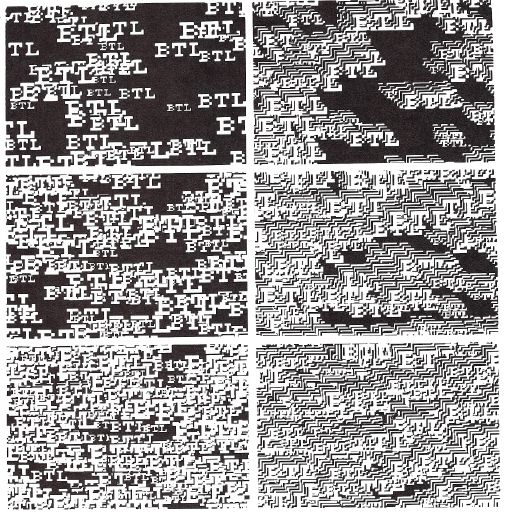
Designs from an Explicit Pattern, copyright 1970. Bell Telephone Laboratories, Inc.
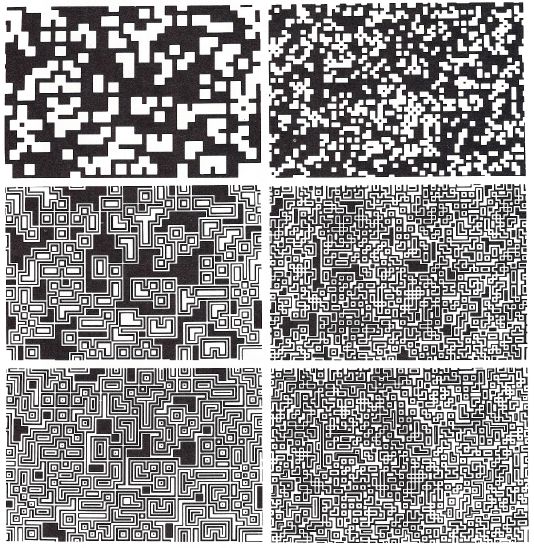
Contours inside and outside scattered boxes. Copyright 1970. Bell Telephone Laboratories, Inc.
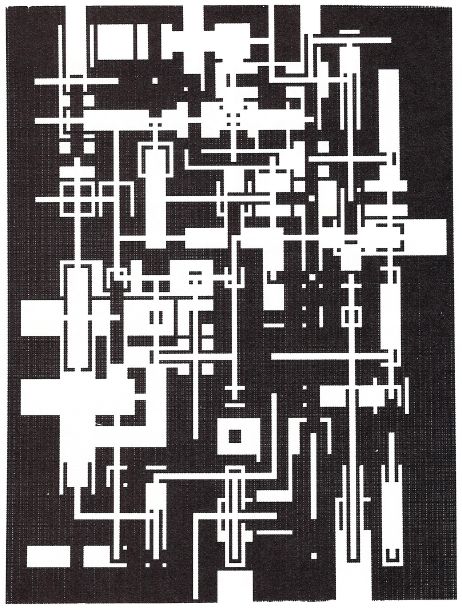
Return to Table of Contents | Previous Section | Next Section

